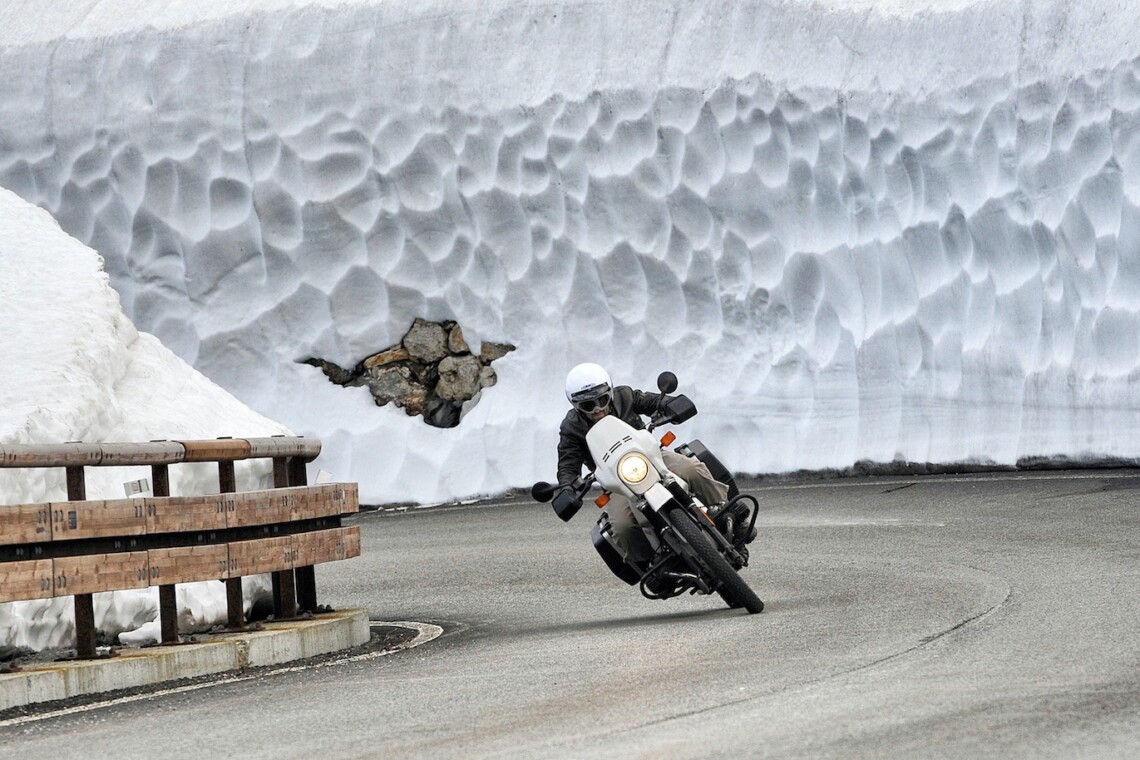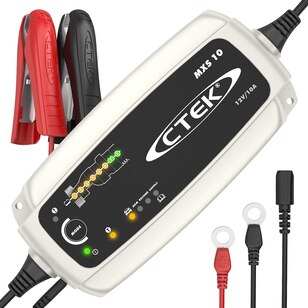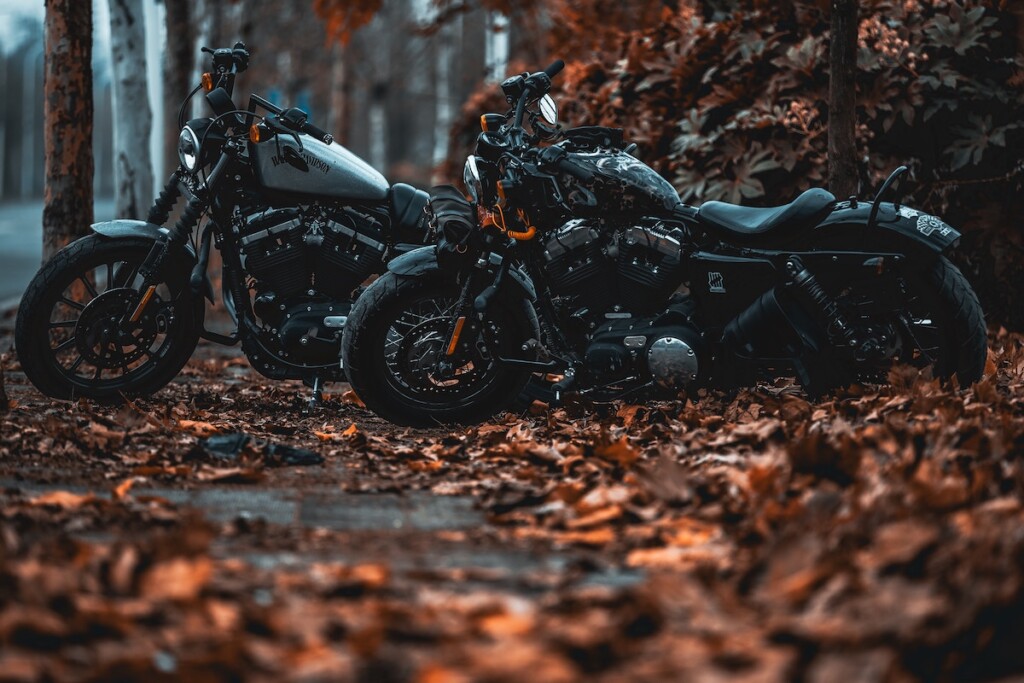Bern Moto Festival vs Salon 2 Roues Lyon: the big game
- 2023-12-10
- Culture, Tips and Tricks
With the 1st edition of this new Bern Moto Festival, in Switzerland, expectations were high, and perhaps a little disproportionate. So did…
Read More
That’s it! Temperatures have started to drop, the roads are covered in leaves and autumn is in full swing. It will be time to ask the question that every biker has to face: winterizing the motorcycle or keep riding it?how to winterize motorcycle
With increasingly mild winters, and increasingly rare snowfall in the plains, riding a motorbike all year round in Switzerland is soon no longer an utopia.

So what are the arguments in favor of one or the other? It is clear that in the end, it will depend on the type of bike you ride (Trail/GT vs. Roadster/oldtimer), and especially where you live. But here are a few things to consider:
|
Winterizing |
Keep riding | ||
| Pros | Cons | Pros |
Cons |
| + If I deposit my license plate, I save on cantonal tax (and possibly insurance depending on my policy);
+ If my motorcycle does not go out, I avoid taking a risk of injuring myself or of laying it down (material damage); + It’s frustrating not to ride, but what a pleasure it is to get the bike out in the spring; + If wintering is done well, the bike should not suffer; + I can still rent a motorbike on Cruizador for a day or more 🙂 ! |
– I can’t ride for X weeks/months (it’s frustrating !!);
– My motorcycle is immobilized for an extended period (3 months and more), which is not good in itself (condensation, corrosion, etc.); – If I don’t have a garage/personal box, I might have to pay to rent one; – If there is a mild spell, I cannot (or maybe don’t want to) get the bike ready to ride for a day or two. |
+ The engine keeps running, your bike will thank you for it;
+ In the absence of snow, it is not uncommon to have daytime temperatures above 10 degrees, which makes a ride quite bearable; + Depending on the type of motorcycle (trail, GT, etc.) you can ride in the middle of winter without any problem. |
– I continue to pay all my costs (insurance, tax, etc.);
– Roads can be tricky (leaves, ice, etc.) -> increased risk; – Rather, it is contraindicated to take the bike out for short distances, as the engine does not have time to warm up properly; – I have to invest in suitable/warm equipment. |
how to winterize motorcycle
Whatever your decision, now here are some points to consider.
The risk of falling is higher than in summer, regardless of your driving skills (tree leaves, ice, etc.), so we equip ourselves properly. That way, if that were to happen, we put all the chances on our side to limit the damage. In addition, it will be necessary to keep the body warm and to layer layers. Indeed, it is one of the best solutions to protect yourself from the cold. Also, we will equip ourselves with base layers (Odlo type), wool socks, high shoes, etc. Those who practice winter sports may use some of their technical clothing. Others would be well advised to acquire it.
The extremities are the parts of the body that cool the fastest, so special attention should be paid. For anyone who doesn’t have heated grips (or doesn’t want to install them), consider heated gloves. These can either be connected to the motorcycle battery or run on a stand-alone battery. Count around 200 CHF minimum to have something that… holds up! The advantage is that you can use them afterwards regardless of the vehicle you ride. So perfect for those who have multiple motorcycles.
If you’re riding a high-end bike, it might come with factory heated grips. If you’re not, you might want to take a look at our extended review of the KOSO heated grips. Adding a little comfort to make your winter rides out more bearable doesn’t hurt nobody. Click the image below.
We remind you, who says low temperature, says cold asphalt and tires, and therefore less traction/grip. There’s no point in riding like a savage, it’s the best thing you can do to wipe the floor with your head. So yes to easy riding, no to full throttle. And even with a comprehensive cover, we remind you that there is a deductible to pay, and that if your insurance and to cover the damages, it might alos increase your premium afterwards. We say that, we say nothing 😉
And that may seem obvious to some, but as soon as there is snow on the road, the bike stays in the garage! Unless you go by the name of Marquez and Team Redbull has prepared your bike 🙂 (look at the video here).
Motorcycles have pretty demanding mechanics, and don’t like to be rushed in the cold. The warm-up time must be respected until the engine reaches its operating temperature. Also, and even if the temptation is big, I avoid taking out of the motorcycle to buy the bread. It’s going to hurt it more than anything else. We will try to ride at least 30 minutes, which will also give the battery a boost.
We also remind you that motorcycles are not treated against road salt. And even when there is no snow, this salt accumulates on the road and can become encrusted on the motorcycle (corrosion). So when I take out the bike, I rinse it to remove the residue before returning it to the garage.
If my motorcycle is not stored in a heated room and/or if I do not run it 1-2x / week min. I connect the battery to a battery charger. Be sure to read our article on the tools every rider should have at home here. It’s clear that batteries don’t like the cold. And if they drop below the critical load threshold, you’re good to buy a new one. Also, connecting it to a steady power supply will allow to maintain a sufficient level of charge.

how to winterize motorcycle
Before storing your bike away for a long(er) period, you should wash it properly. It will also prevent grime/ chain grease, etc. to become encrusted. In addition, we are quite a fan of the Red Octopus wipes. These are made from natural Carnauba wax (98% vegetable, no silicones or ketones). You have the option of cleaning the fairing with a wipe and passing the microfiber to polish afterwards. Do the same on the parts of the engine, but without polishing behind. Indeed, this thin film of wax will act as a protective layer during winter.
Your motorcycle will be immobilized for several weeks or even several months and therefore exposed to the vagaries of the climate (thermal amplitude, precipitation, etc.). Also, we will look for a covered place, ideally heated or at least temperate to store it. If you don’t have a place at home, you can rent space in a box, underground garage, etc. And our friend Robin from Rideshaper also offers a wintering service in Lausanne. More info here.
But if I don’t want to pay the extra cost, I will invest in a special motorcycle tarp. Avoid construction tarp because they are (too) waterproof and there will therefore be a risk of condensation under the tarp and therefore corrosion. In any case, check out ideally once a week that water has not accumulated under the tarp. If that is the case, wipe the water and/or let the air dry it and then put the tarp back in place.
We also remind you that your motorcycle must be registered if you want to park it in a public space. Otherwise you can get fined, and the police regularly carry out checks, and do not hesitate to lift the tarps to make sure the bike is registered.
There are two schools of thought here. Either you empty the tank completely, and dry the inside. Or fill it to the maximum (with gasoline, of course). But we will avoid storing a motorcycle with a half full or half empty tank, it all depends on how you see life 🙂 . Otherwise, there will be a risk of corrosion inside.
Some also recommend adding an anti-oxidant or fuel stabilizer. That’s for sure not a bad thing, but since there are already additives in gasoline nowadays, so if you don’t, it won’t be dramatic.
As mentioned above, remember to take out your battery. How? First remove the negative terminal (black) then the positive (red). And to reconnect it, it’s the other way around.
Then store it at room temperature and especially connect it to a battery charger in order to maintain a sufficient level of charge. If you have an AC outlet in the garage, you can leave it in the motorcycle, permanently connected. Current chargers have a “charge hold” function, to maintain this critical level. But in any case, remember to do it at least once month.
If a motorcycle is stored for a long time without moving, there is a risk of deforming the tire which will become flat at the point of contact.
Next, let’s first distinguish between motorcycles that have a center stand and others. For those with a center stand, the rear tire not touching the ground, there is no risk of deformation. But still remember to add a little pressure on the front tire (± 500 gr.). And in addition, you can change the contact point from time to time either by turning the tire or by moving the motorcycle.
For others, ideally, it would be necessary to purchase a workshop stand, at least a rear one. This will also help you when you need to grease the chain, for example. You can find easily cheap(er) second-hand stands, especially on resale sites (Anibis, Tutti). And for the front tire, refer to the previous paragraph.
So much for the main tips. To do all this, allow about 2 to 3 hours, as long as you have the tools. And if you don’t want to bother with all of this, ask your dealership, who will likely offer this service for an extra charge. He will pick up the motorcycle, wash it, store it, connect the battery to the AC, etc. Some will even carry out the admin stuff for you (drop the license plate). In addition, in the spring, they will get the bike ready to ride and even do the servicing if you want. Count between 80-100 CHF/month (without the service), depending on the duration.
And even if you have wintered your bike, remember that you can rent one on Cruizador.com You can rent for one day or more, in a few clicks. As simple as that 🙂
We hope you have enjoyed this article!
Ride on !
how to winterize motorcycle

how to winterize motorcycle